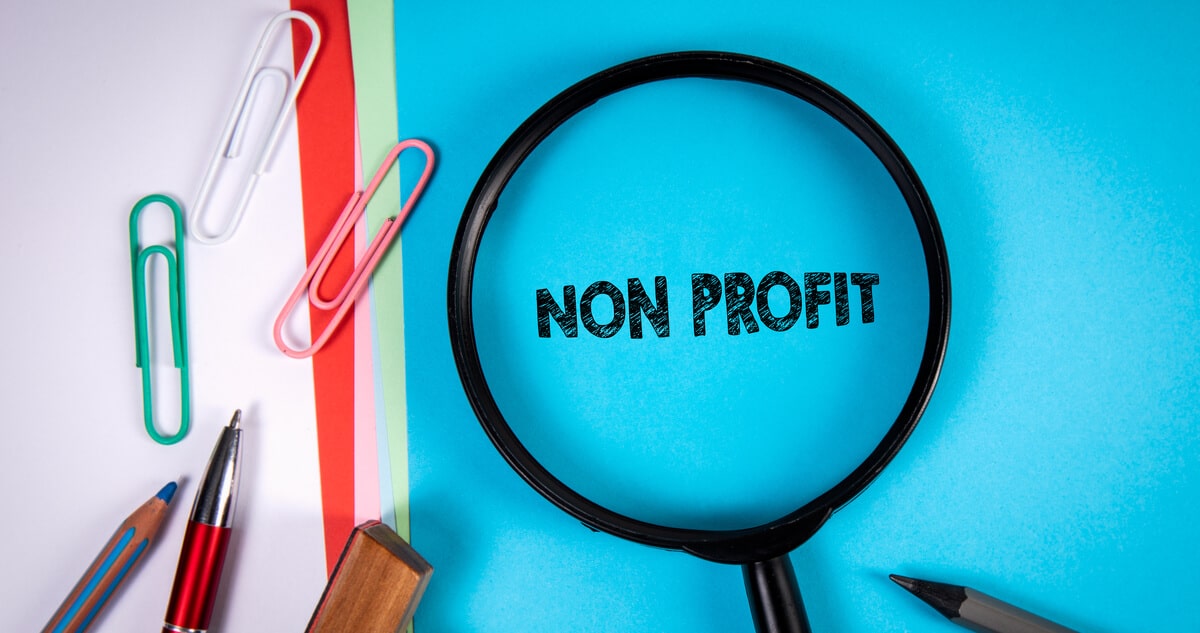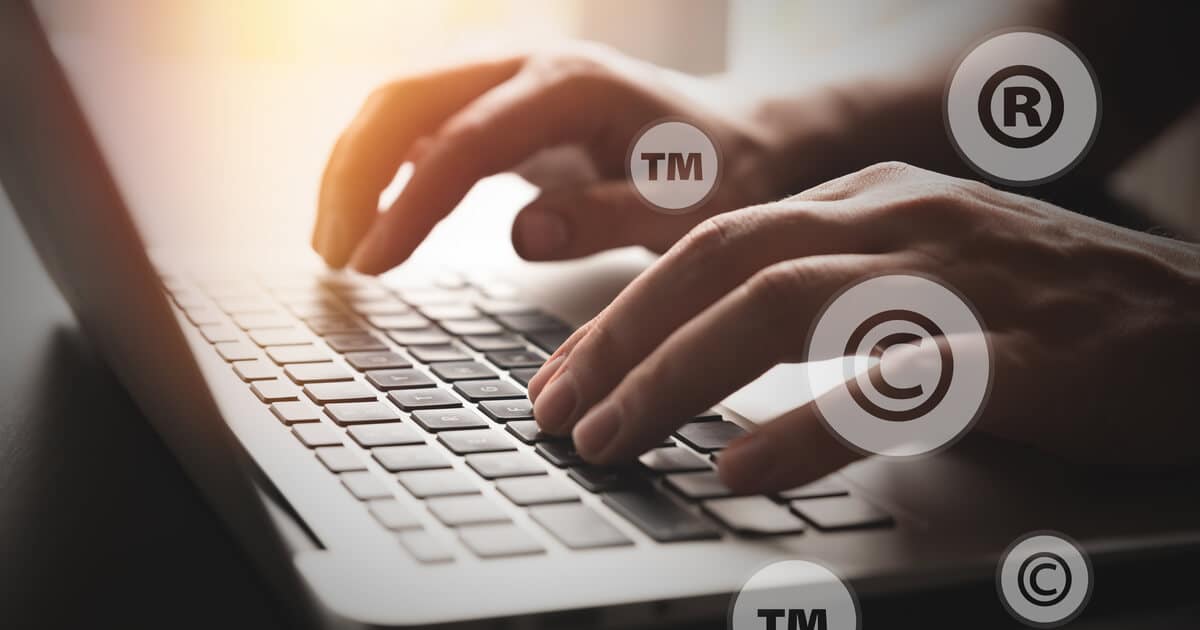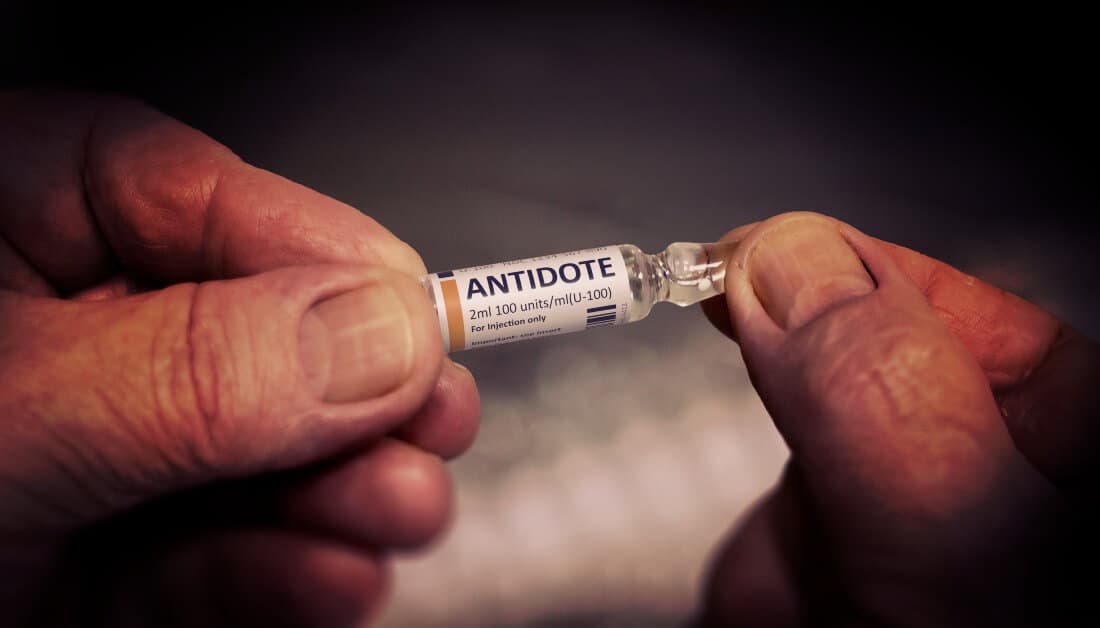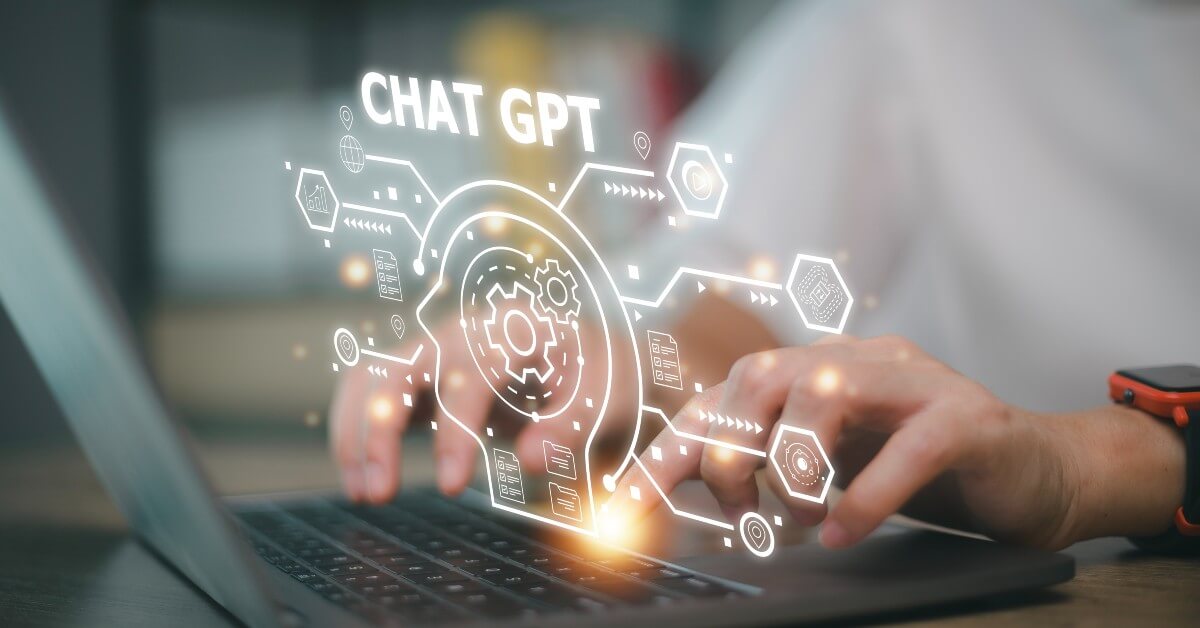TYSONS OFFICE
CORONAVIRUS RELIEF ALERT — CARES Act Alert #11: New EZ Paycheck Protection Program (PPP) Loan Forgiveness Application
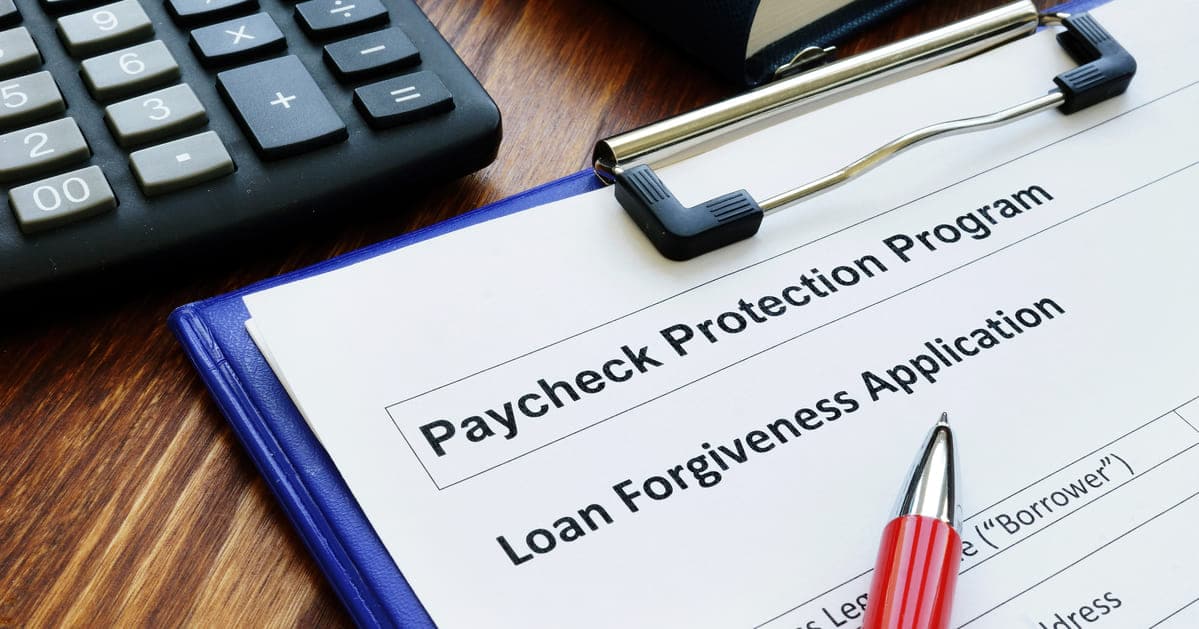
New Easier to Use PPP Loan Forgiveness Application
The new easier form is designed for certain individuals, small businesses and non-profits to apply for PPP loan forgiveness as long as the borrower meets one of the following three criteria:
(1) the borrower is a self-employed individual, independent contractor, or sole proprietor who had no employees at the time of the PP Loan application and did not include any employee salaries in the computation of average monthly payroll;
(2) the borrower did not reduce worker’s salaries by more than 25 percent and did not reduce the number of employees or paid; or
(3) the borrower did not reduce worker’s salaries by more than 25 percent and the borrower was unable to fully open and operate due to government-imposed COVID-19 restrictions.
The EZ form is essentially one page, with a second page requiring the borrower to attest to a variety of statements and a third page asking for optional demographic information.
Four pages of instructions for filling out the EZ PPP loan forgiveness application can be found here. The instructions provide more detail regarding eligibility to file this form under one of these three categories.
Why This Additional Forgiveness Application Form Option Was Necessary
The Coronavirus Aid, Relief, and Economic Security (CARES) Act (P.L. 116-136) created the Payment Protection Program (PPP) that provided 8-weeks of payroll support to small businesses and non-profits, including faith-based organizations to assist with impacts of the COVID-19 virus. If the small business or non-profit maintained certain benchmarks as required by the CARES Act, then the borrower later could apply to receive forgiveness of the loan amount, essentially transforming the loan into a grant.
Unfortunately, the first attempt of the Small Business Administration (SBA) and the U.S. Department of the Treasury at the original forgiveness loan application form was met with criticism about the complicated nature of the five-page loan forgiveness form.
Then recent Paycheck Protection Program Flexibility Act of 2020 (P.L. 116-142) extended the time period borrowers have to spend the proceeds from their loan to 24 weeks and increased the portion from 25 percent to 40 percent of total loan amount that could be spent on eligible non-payroll costs (mortgage interest, rent, and utilities) to qualify for loan forgiveness. As a result Treasury Secretary Steven Mnuchin committed to developing new loan forgiveness application forms both to reflect the changes to the law and to make filling out the application simpler for the vast majority of PPP borrowers.
If Not Eligible for Form 3508EZ, Then What? – an Updated Regular Forgiveness Application Form
The previous five-page loan forgiveness application form is now updated and modified to reflect recent Congressional changes to the program.
Instructions for filling out the regular PPP loan forgiveness application can be found here.
Additional Clarifications
Regardless of which form a PPP borrower chooses, read the instructions carefully as the information reflects the more recent changes and provides additional clarifications. The date you received your loan proceeds governs whether you can select the 8 week period or the 24 week period.
Where to Submit the Forgiveness Application
Note that the forgiveness application must be submitted to the lender that is servicing the loan, not the SBA, for processing.
Still Time to Apply for PPP Loan – $144 Billion Still Available – But Time is Running Short
To date, nearly $720 billion has been appropriated to the SBA to lend to small businesses and non-profits to cope with the economic aftershocks of the COVID-19 pandemic. The funding is delivered via two loan/grant programs managed by the SBA – PPP and Economic Injury Disaster Loan (EIDL) – with the vast majority via the PPP. With $144 billion in PPP funds still available, potential borrowers should make plans now to apply for a PPP loan/grant before the program terminates at the end of this month.
After June 30th, the only option will be to apply directly to the SBA for a COVID-19 EIDL, which does not offer a forgiveness option and the loan size is currently limited to $150,000. To govern these programs, the SBA, in connection with the Treasury, has issued several rounds of rules and advice, some of which has been ambiguous or conflicting.
***
To explain key relief for 501(c)(3) nonprofits and small businesses in the $2 trillion CARES Act (complete text) and subsequent funding laws, we published our CARES Alert #1 (Help for Small Businesses & 501(c)(3)s via the PPP); CARES Alert #2 (Get Ready to Apply); CARES Alert #3 (PPP vs EIDL), CARES Alert #4 (Treasury Guidance), CARES Alert #5 (SBA’s Interim Final Rule), CARES Alert #6 (IFR on Affiliation & Religious Nonprofits); CARES Alert #7 (FBO Guidance), CARES Alert #8 (Unemployment Benefits, including FBOs); CARES Alert #9 (Safe Harbor Guidance – Just in the Nick of Time); and CARES Alert #10 (Fixes to the Payment Protection Program).
***
Our CARES Act Team is available to help you navigate these difficult issues, including the unique issues faced by nonprofits, religious organizations, and churches. For assistance, please contact one of our attorneys: Nancy LeSourd, Matthew Szymanski, Scott Ward, or Derek Gaubatz. Our CARES Act Team also includes our non-attorney consultant Phil Eskeland. Mr. Szymanski and Mr. Eskeland bring experience from their past service, respectively, as the chief of staff and the deputy chief of staff of the Small Business Committee of the U.S. House of Representatives, including during the legislative response to 9/11. More Alerts to follow.

